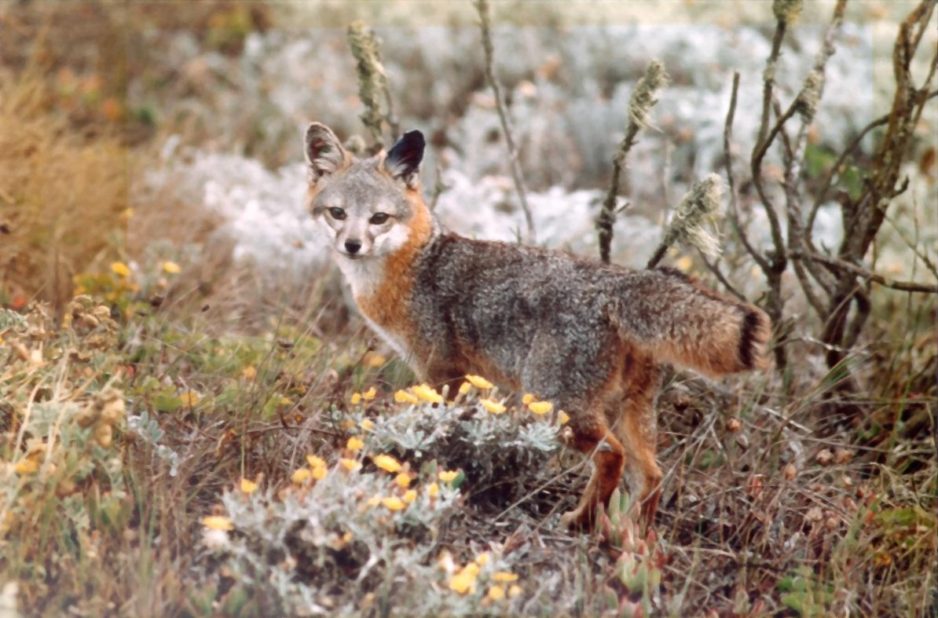Ventura – The U.S. Fish and Wildlife Service today recognized eight individuals from the National Park Service, The Nature Conservancy, and the Institute for Wildlife Studies as 2015 Recovery Champions for their exceptional efforts to conserve and protect three subspecies of fox on the northern Channel Islands, which are currently proposed for delisting under the Endangered Species Act. The Recovery Champion award honors partners for outstanding successes in recovering threatened and endangered wildlife across the nation.
“Each of these individuals, and the organizations they represent, set a vision to bring these island fox subspecies back from the brink of extinction,” said Steve Henry, field supervisor of the U.S. Fish and Wildlife Service in Ventura. “And because of that steadfast vision, island foxes on San Miguel, Santa Rosa and Santa Cruz Islands are now proposed for delisting, marking the fastest recovery of any mammal under ESA protections.”
Among the award winners honored for their work include David Garcelon of the Institute for Wildlife Studies, Lotus Vermeer, Christina Boser, Eamon O’Byrne, and Scott Morrison of The Nature Conservancy, and Tim Coonan, Kate Faulkner, and Russell Galipeau of Channel Islands National Park.
In the late 1990s, island fox subspecies on the northern Channel Islands experienced precipitous declines as a result of predation by non-native golden eagles. Thanks to intensive multi-partner recovery efforts including captive breeding, habitat restoration, predator/prey management, vaccinating against disease, and ongoing monitoring, these island fox subspecies have recovered to self-sustaining levels.
These partners have worked together to maintain a consistent vision of what is needed to achieve recovery of these subspecies and the results of their contributions filled critical gaps in the community of scientific knowledge, helping to secure the subspecies’ long-term viability and protection.

